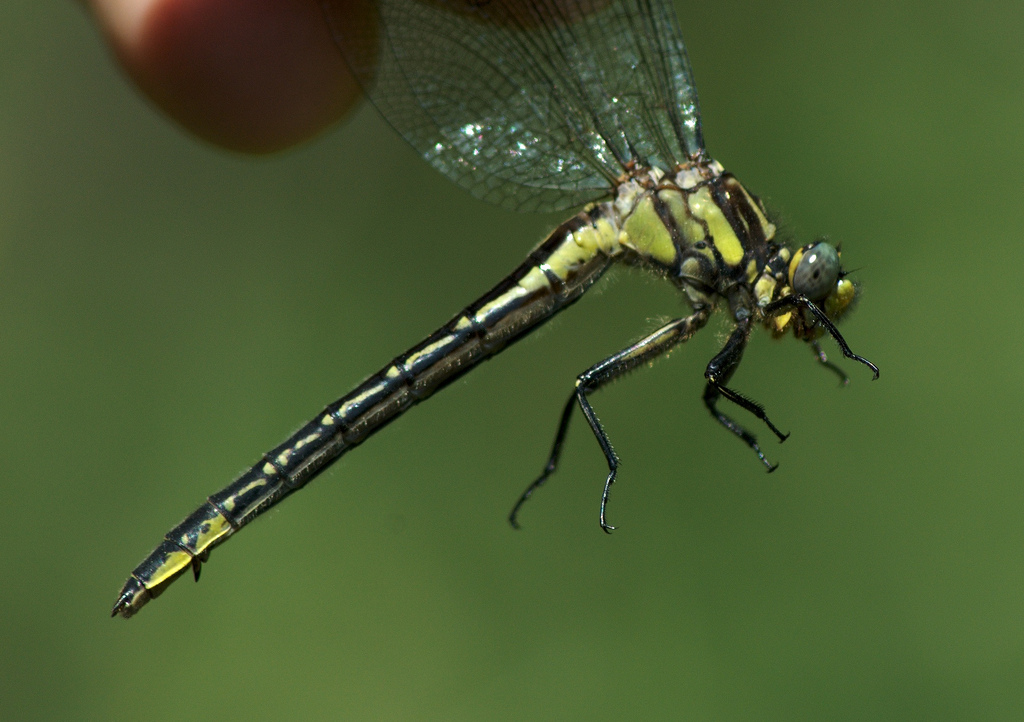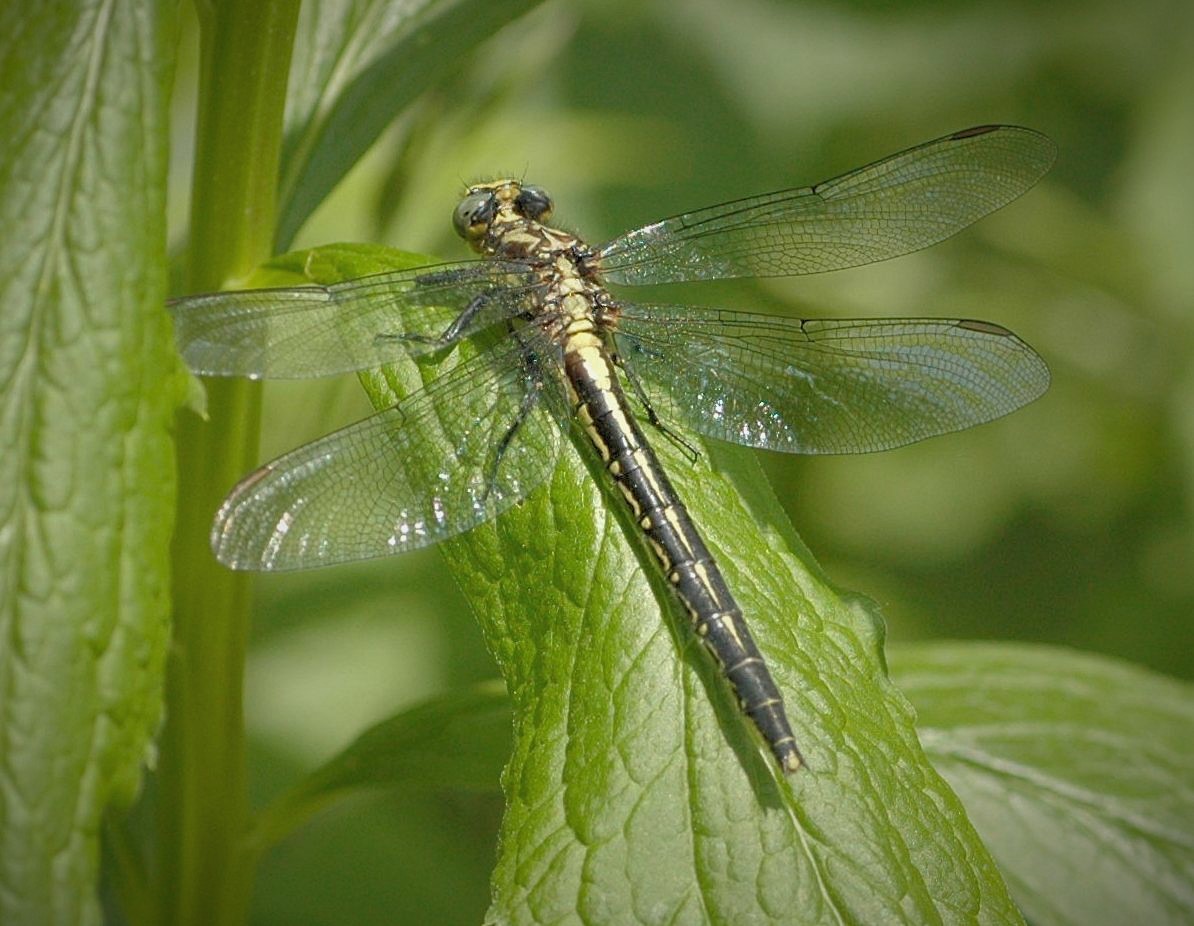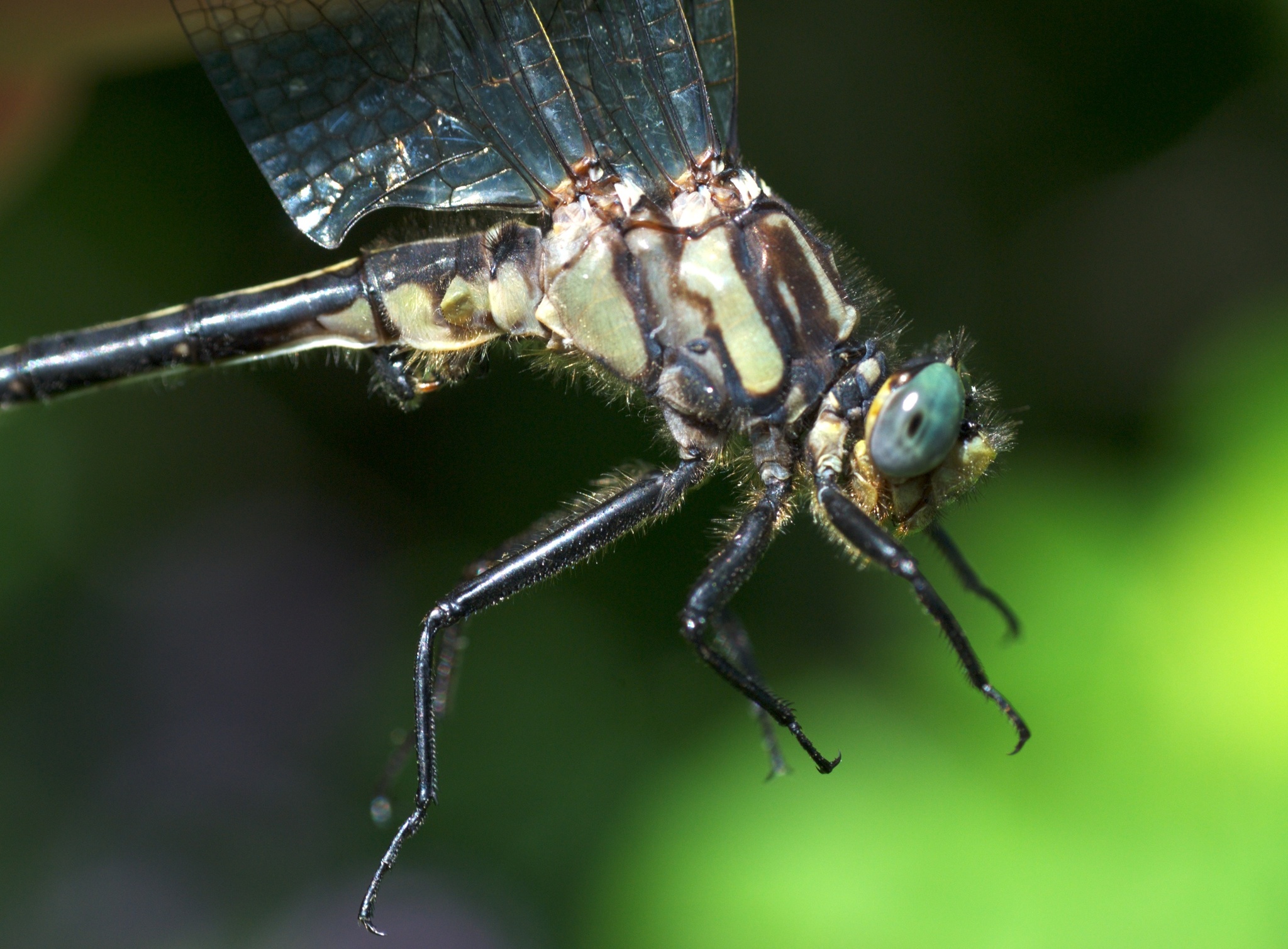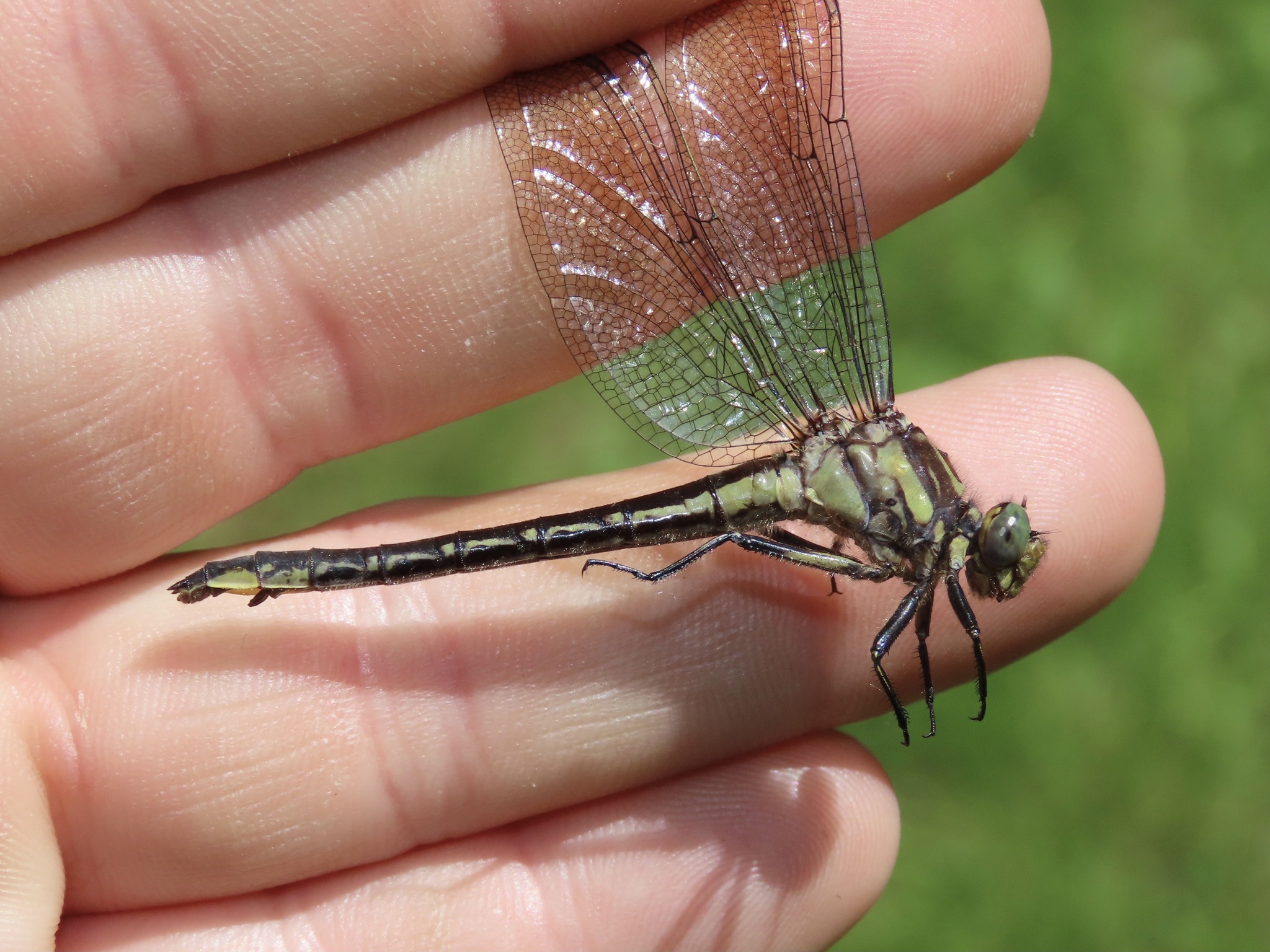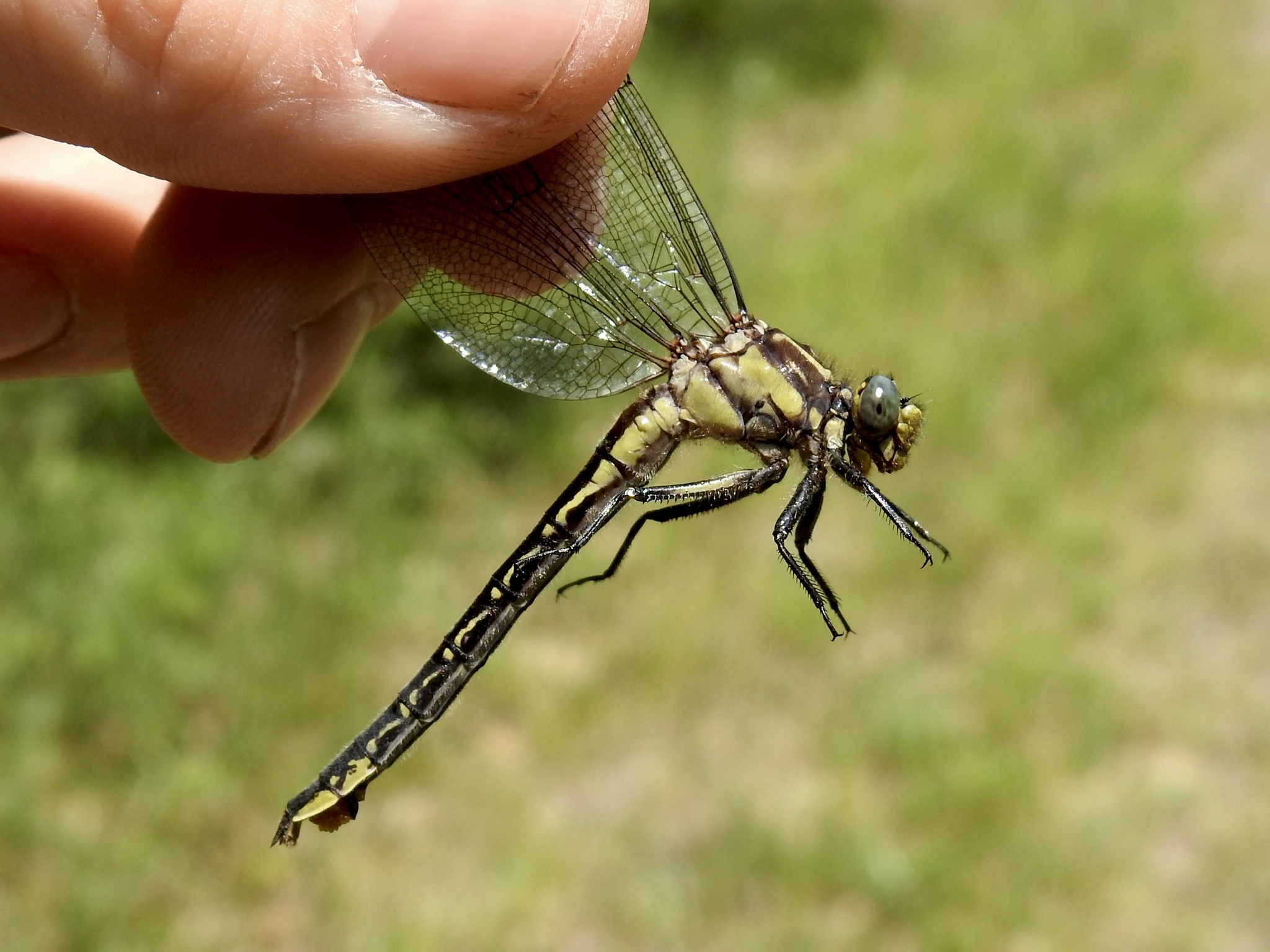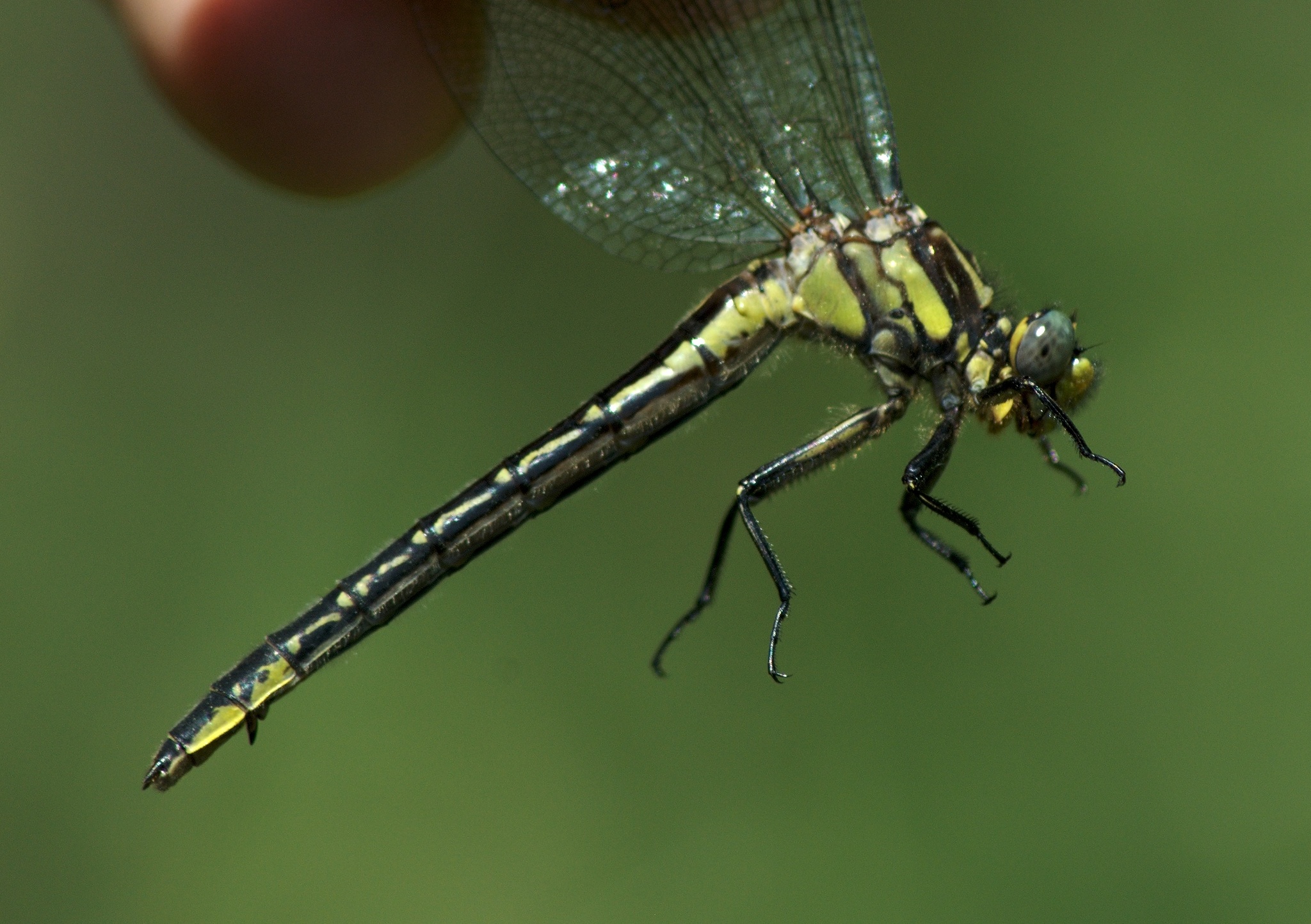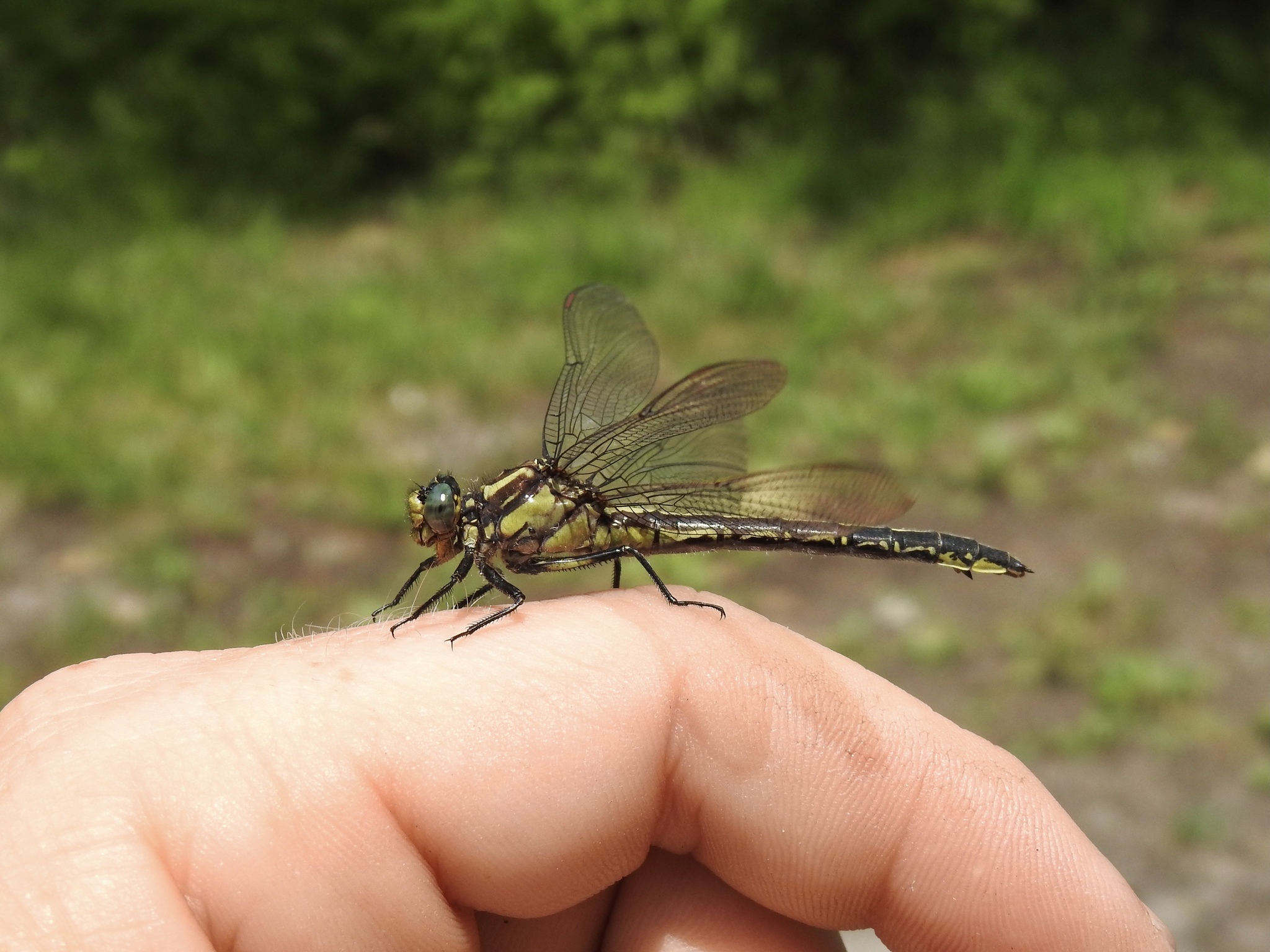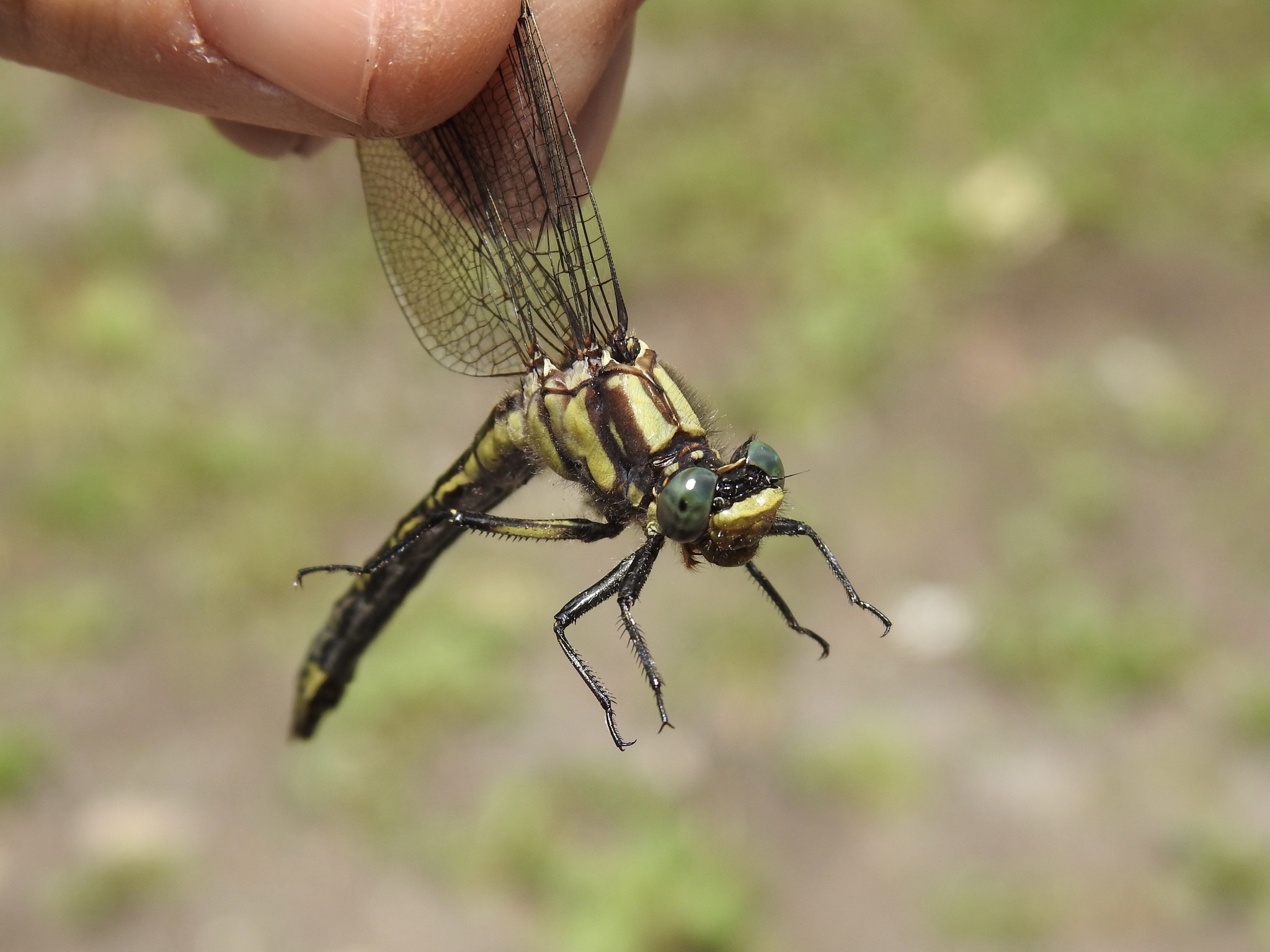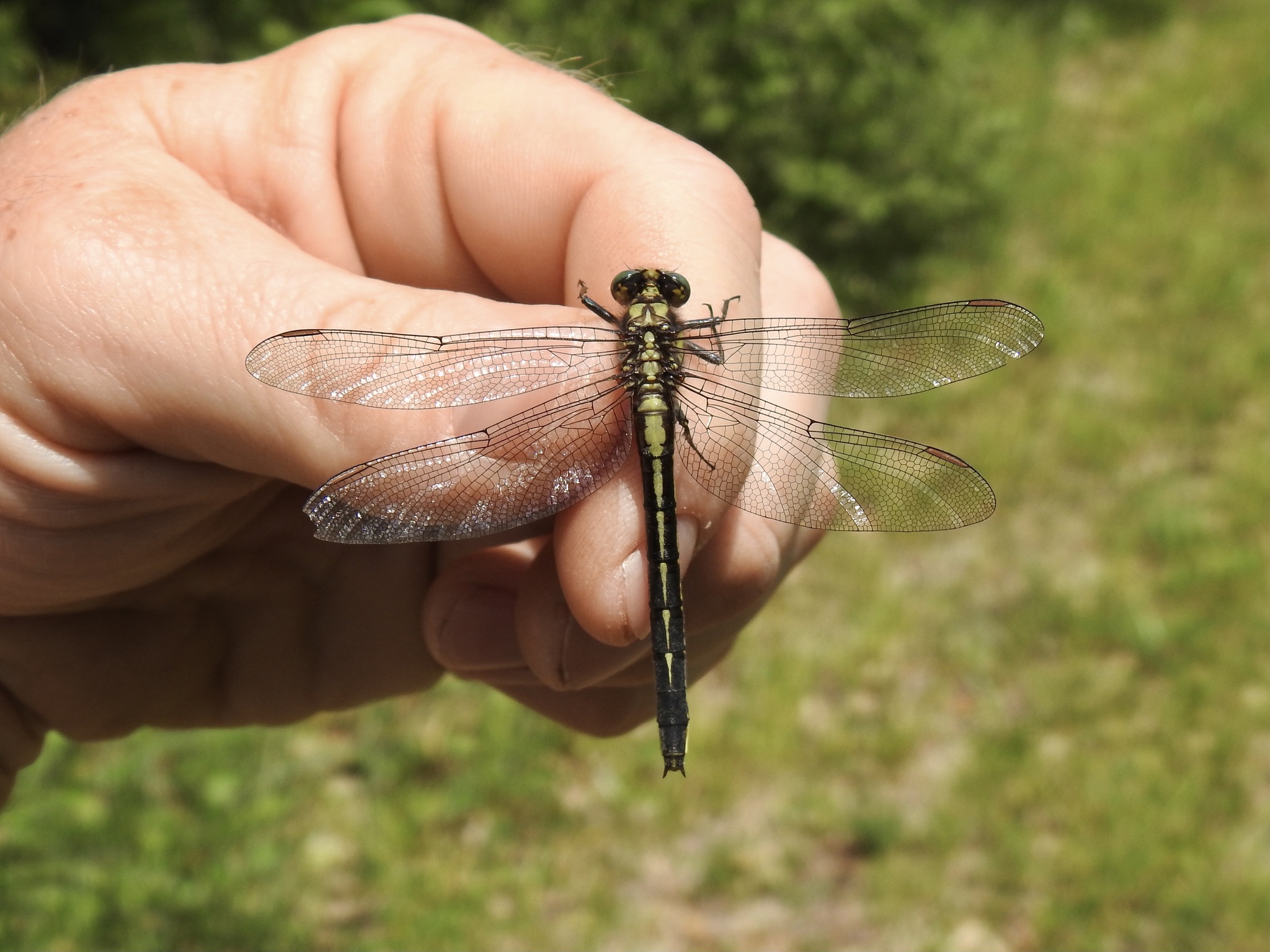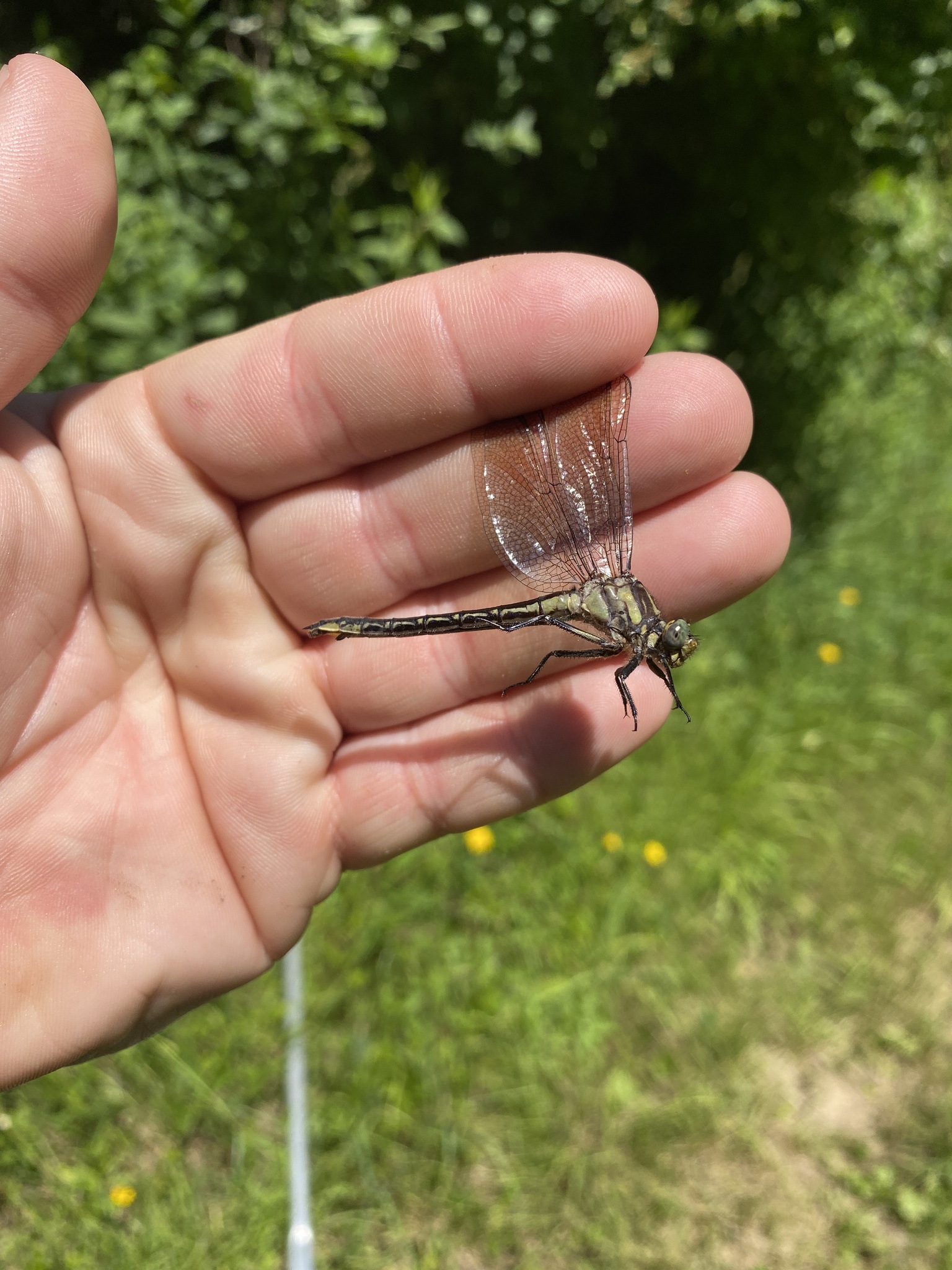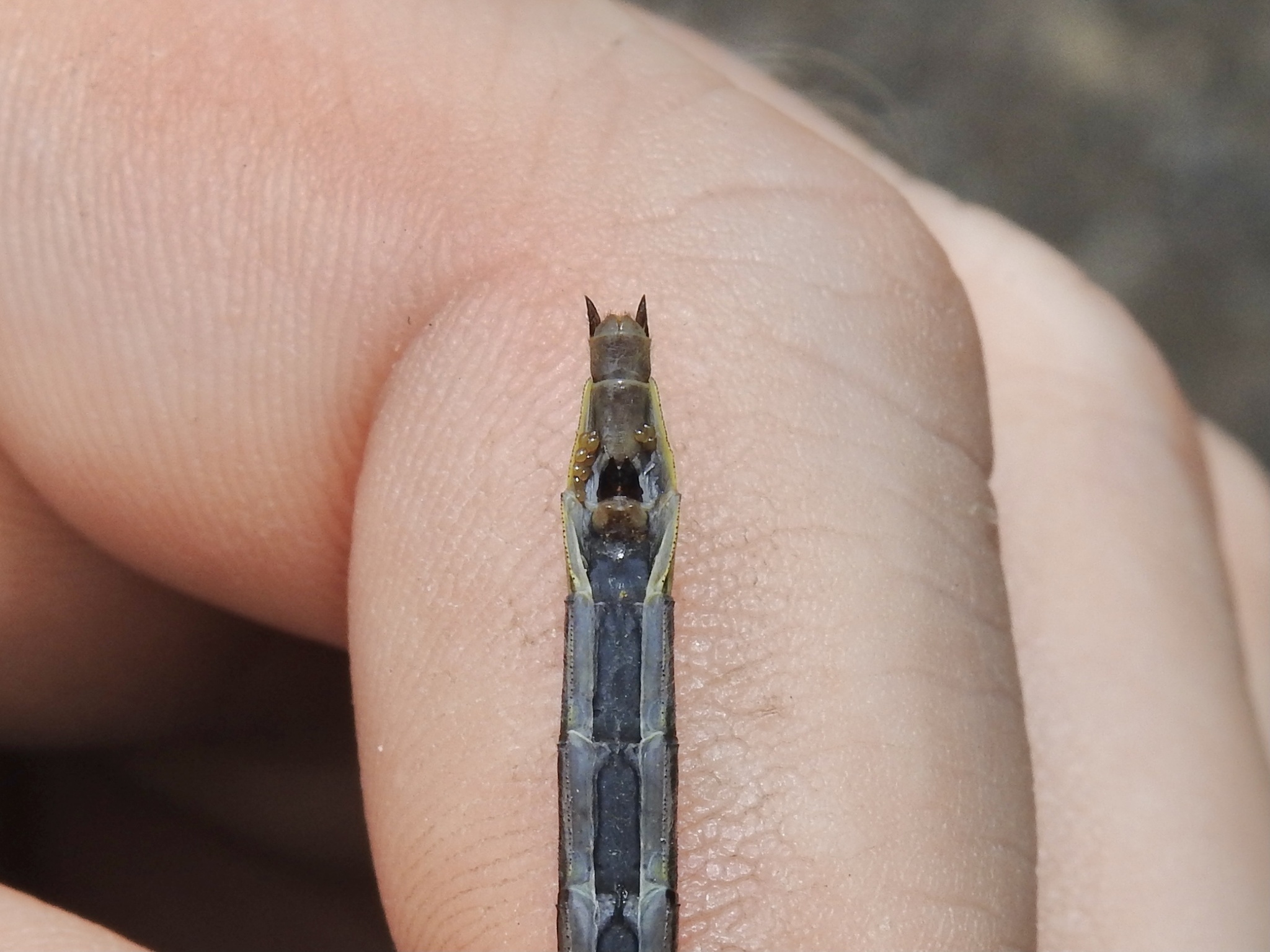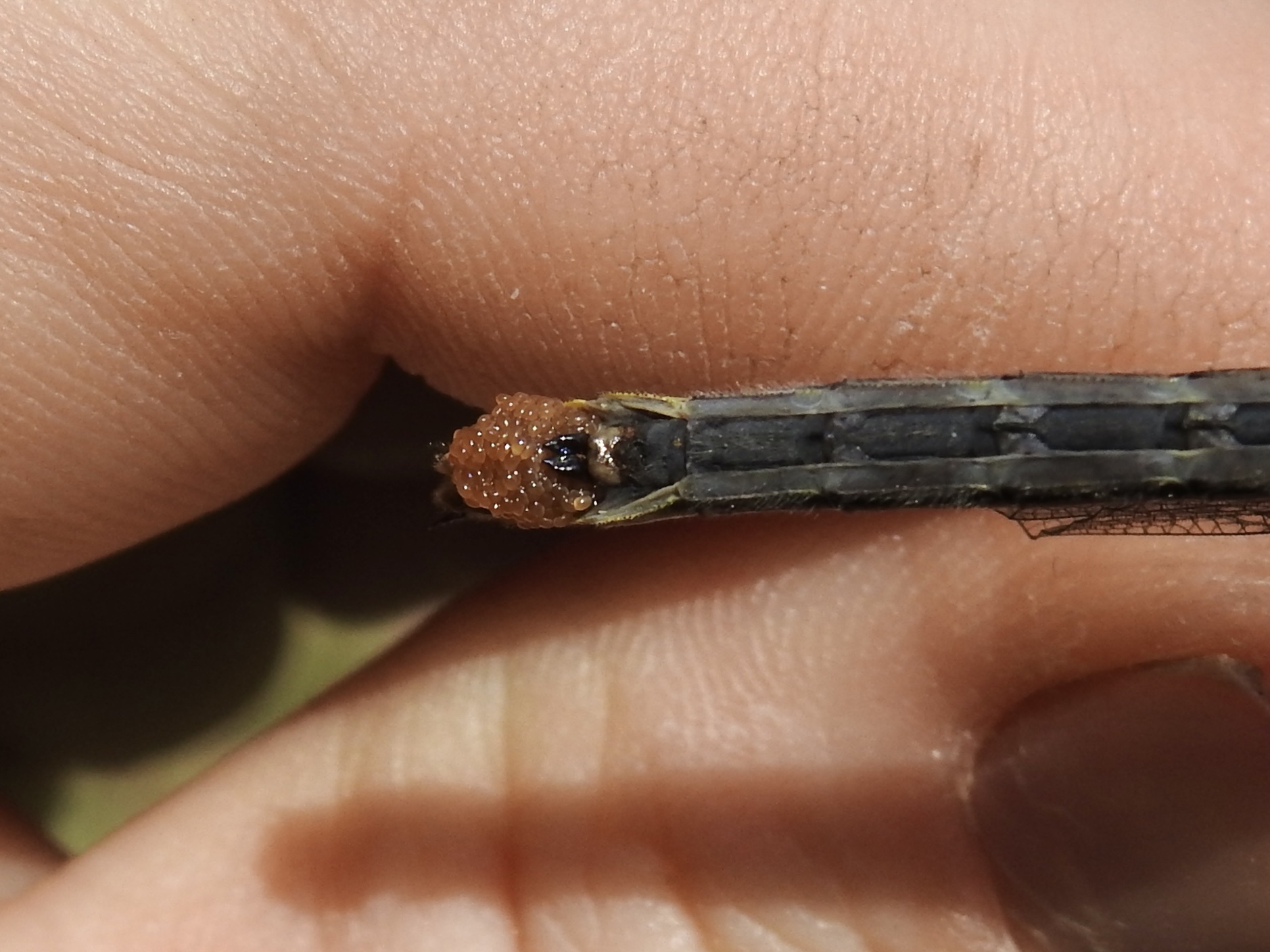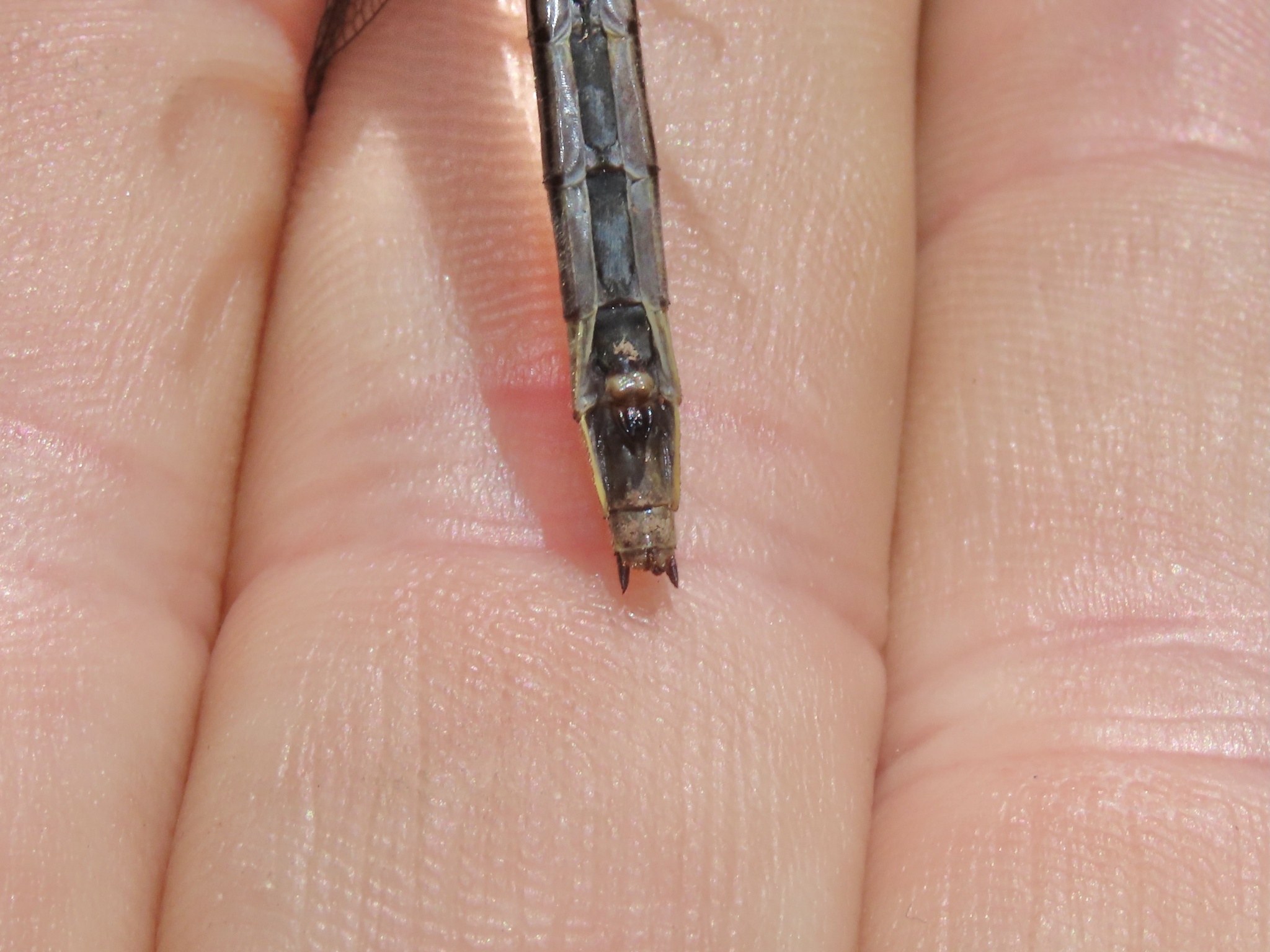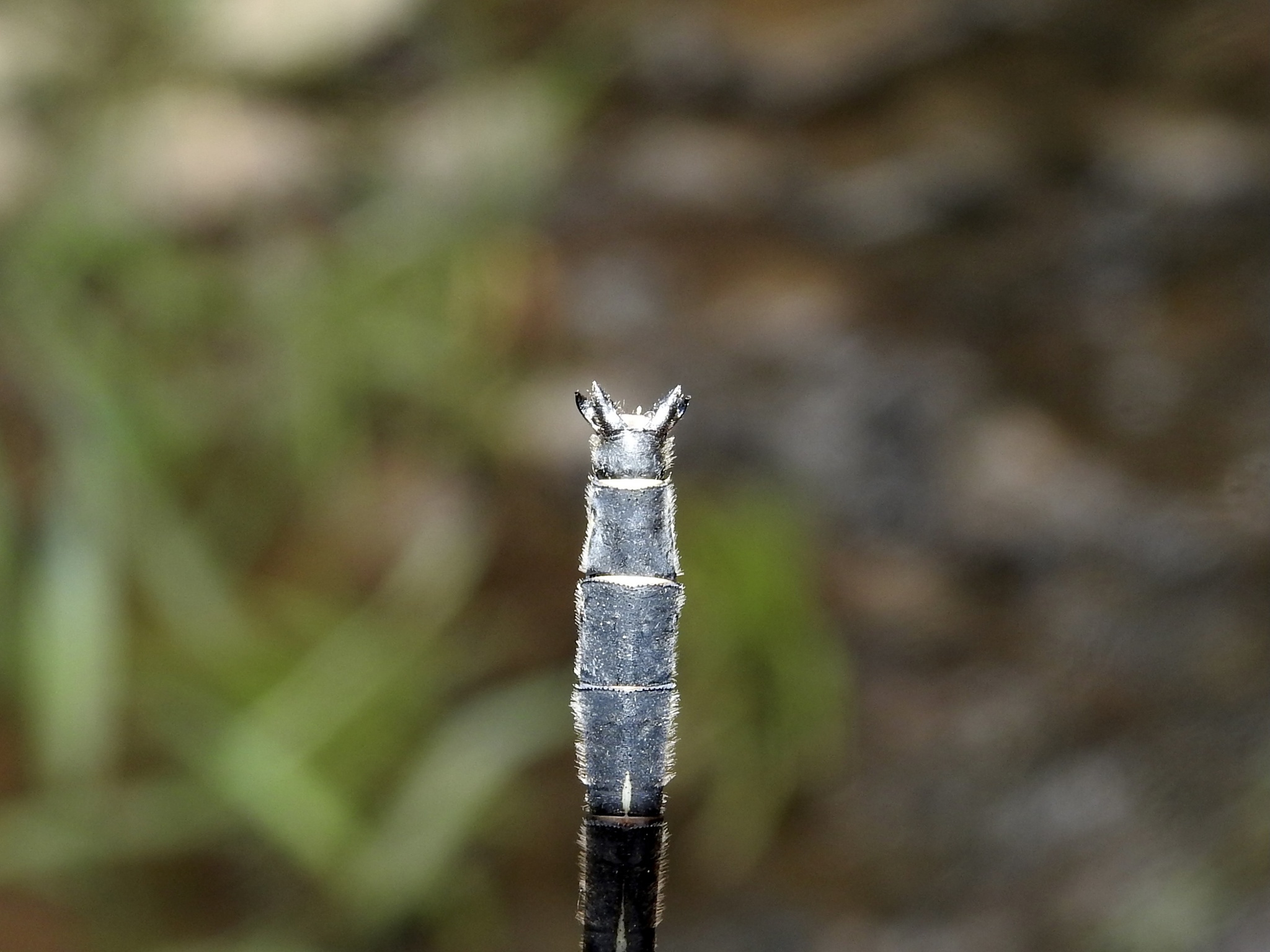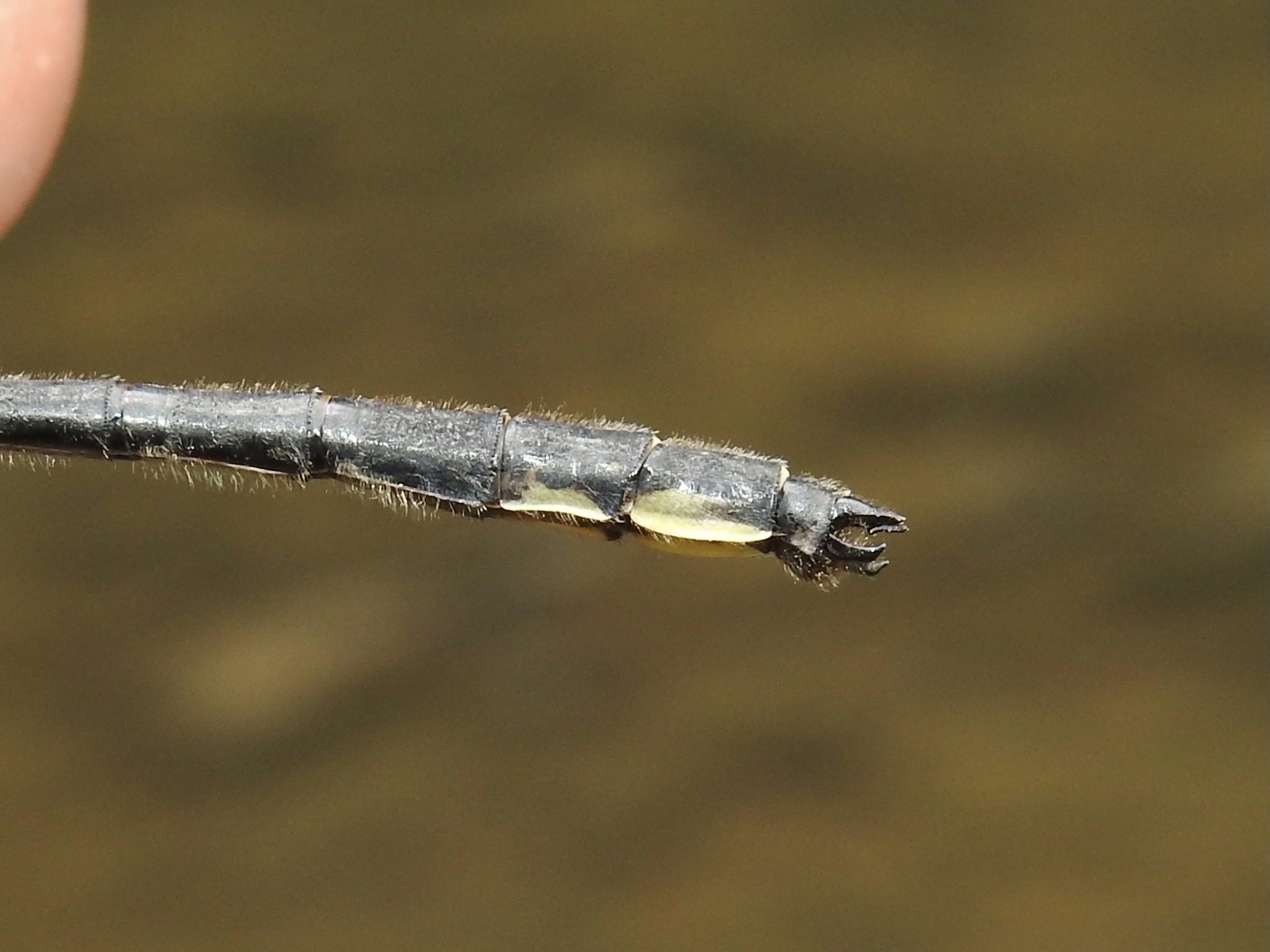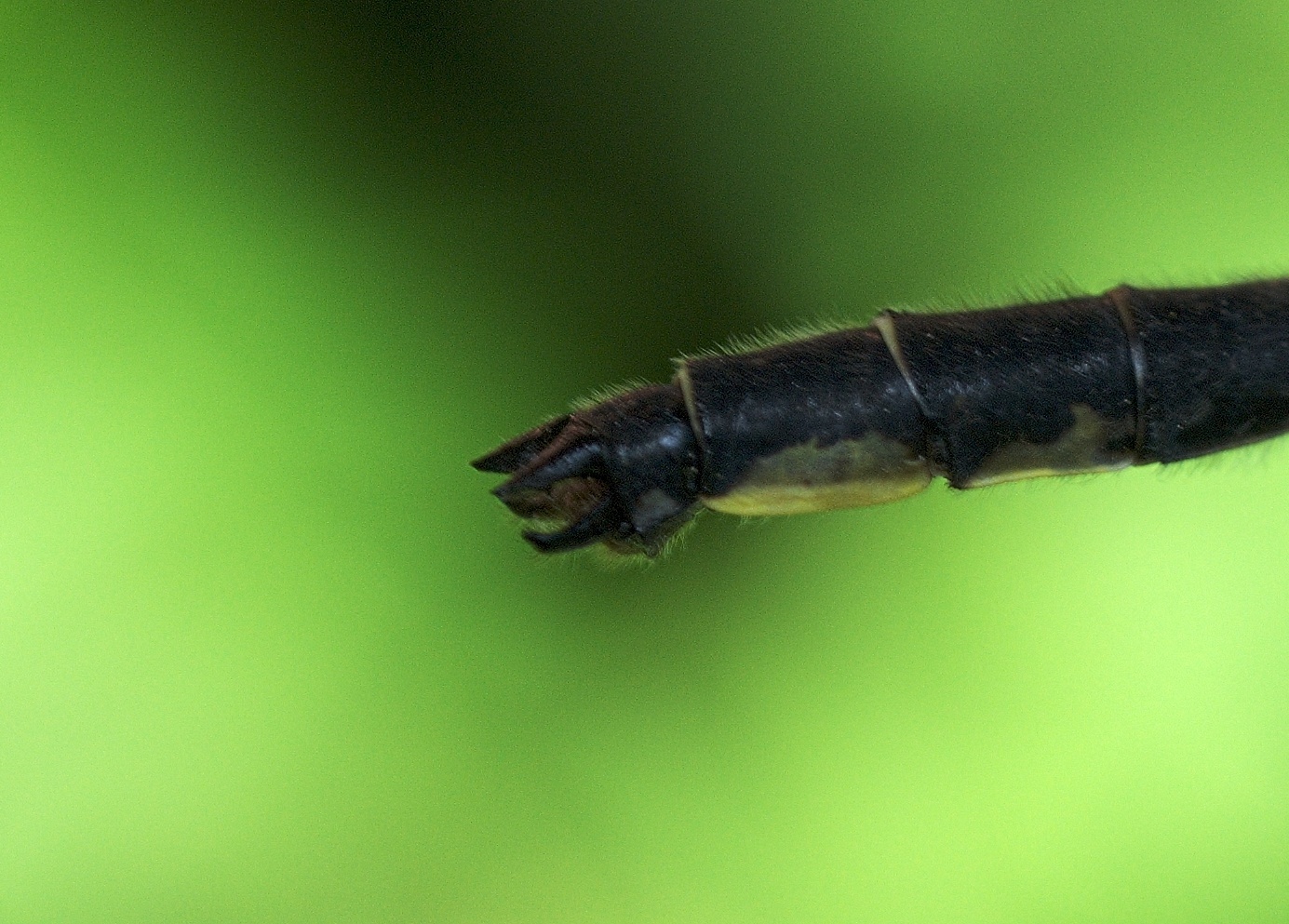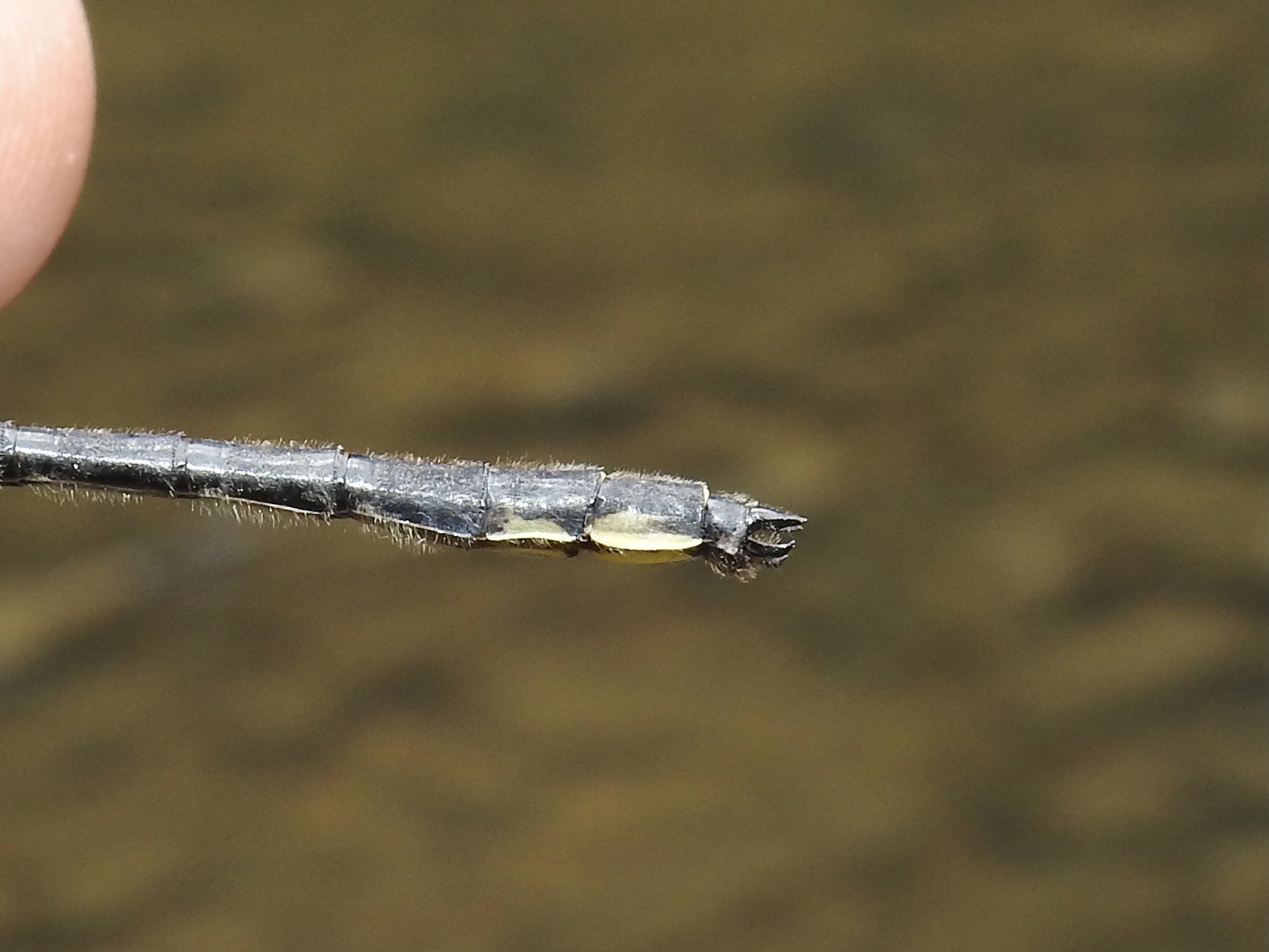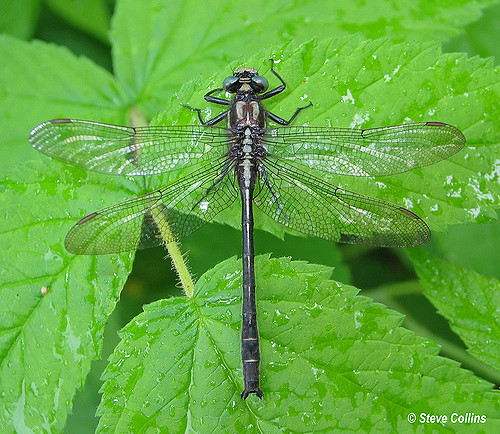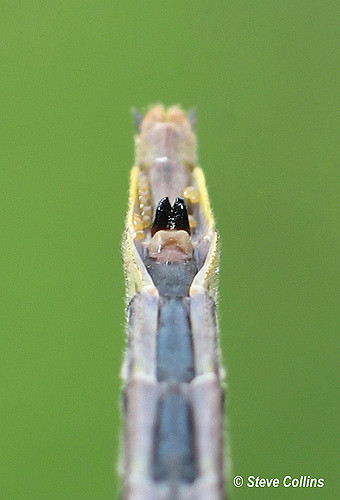Map Snapshot



14 Records
Status
Harpoon Clubtail (Phanogomphus descriptus) is an elongate species of clean, clear streams and small rivers, with sand deposits. P. descriptus is primarily northeastern in distribution, with the core of its range to the north of Maryland (Paulson, 2011). In Maryland, it is known from a handful of locations in Garrett County (Richard Orr's The Dragonflies and Damselflies of Maryland and the District of Columbia). There is also evidently a specimen record from Baltimore Co. in the Smithsonian collection. This species is ranked as S1 (highly state rare)-S2 (state rare).
Seasonality Snapshot
Source: Wikipedia
| Phanogomphus descriptus | |
|---|---|

| |
| Scientific classification | |
| Domain: | Eukaryota |
| Kingdom: | Animalia |
| Phylum: | Arthropoda |
| Class: | Insecta |
| Order: | Odonata |
| Infraorder: | Anisoptera |
| Family: | Gomphidae |
| Genus: | Phanogomphus |
| Species: | P. descriptus
|
| Binomial name | |
| Phanogomphus descriptus (Banks, 1896)
| |
Phanogomphus descriptus, the harpoon clubtail, is a species of clubtail dragonfly in the family Gomphidae. It is found in eastern North America.[1][2]
Phanogomphus was formerly considered to be a subgenus of Gomphus, but phylogenetic studies have resulted in its promotion to genus rank.[3]
References
[edit]- ^ "Phanogomphus descriptus Species Information". BugGuide.net. Retrieved 6 February 2018.
- ^ "Odonata Central".
- ^ Ware, Jessica L.; Pilgrim, Erik; May, Michael L.; Donnelly, Thomas W.; Tennessen, Kenneth (2017). "Phylogenetic relationships of North American Gomphidae and their close relatives". Systematic Entomology. 42 (2): 347–358. Bibcode:2017SysEn..42..347W. doi:10.1111/syen.12218. PMC 6104399. PMID 30147221.
Further reading
[edit]- Ross H. Arnett (30 July 2000). American Insects: A Handbook of the Insects of America North of Mexico. CRC Press. ISBN 978-0-8493-0212-1.
- Ball-Damerow JE, Oboyski PT, Resh VH (2015). "California dragonfly and damselfly (Odonata) database: temporal and spatial distribution of species records collected over the past century". ZooKeys (482): 67–89. Bibcode:2015ZooK..482...67B. doi:10.3897/zookeys.482.8453. PMC 4337221. PMID 25709531.
